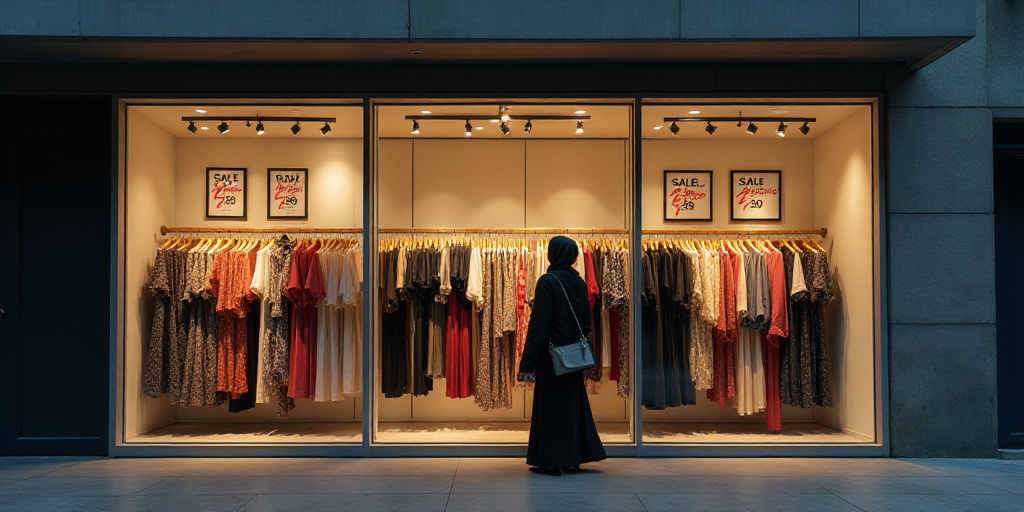Background on Javier Milei and His Impact
Javier Milei, the President of Argentina, has implemented stringent measures targeting businesses that raise prices amidst a period of deflation. These actions have significantly affected the country’s textile industry.
Trade Opening Measures and Their Effects
The new trade opening measures enforced by Milei’s government have compelled clothing companies to lower their prices to remain competitive. Major brands announced reductions of up to 50%, bringing prices in line with those from 2024.
Industry Response and Import Trends
Alejandro Pernas, CEO of Sastrería González and a representative in the Argentine Clothing Industry Association (CIAI), explained, “Today, many brands import over 80% of the garments they sell. With reduced costs averaging around 15%, it’s not surprising that they’re announcing price cuts.”
According to the latest report from Fundación ProTejer, the presence of imported products increased from 56% to 67% in the first quarter of 2025 due to relaxed regulations. The domestic industry’s share in the consumption of clothing within Argentina dropped from 44% to 33%, marking the lowest level since 2015. Brands now import 80% of their offerings.
Brand-Specific Price Reductions
Equus, a men’s clothing brand, announced price cuts of up to 40%. Pedro Wolfsohn, CEO of Equus, stated, “As Argentinians, we must support our consumers during this crucial economic recovery phase.”
Sastrería González imports 30-35% of its offerings. Etiqueta Negra, another brand, imports over 80% of its products sold in Argentina. CEO Federico Álvarez Castillo said, “We decided to lower prices and adjust to the new tariff regulations, transferring these changes to consumers. On average, we reduced prices by 10%, which is unprecedented.”
MOM Sport, a sportswear brand with 13 stores in Argentina and four outlets in the United States, also announced a 50% price reduction this week. Sofia Corigliano, MOM Sports’ U.S. manager, explained, “We decided to lower list prices by 50% to boost sales.”
Industry Challenges and Import Volumes
One of the leading women’s clothing groups, owners of three prominent brands, confirmed that “today we import 80% from China—triple the volume imported a year ago.” The common argument is that “high taxes drown us, making it at least 50% cheaper to import than produce in local workshops.”
Price Comparison with Inflation
ProTejer’s survey revealed that local clothing prices increased below the Consumer Price Index (CPI). Between December 2023 and March 2025, clothing and footwear prices rose by 92%, while inflation reached 136%.
Key Questions and Answers
- Who is Javier Milei? Javier Milei is the President of Argentina who implemented measures targeting businesses raising prices amidst deflation.
- What measures did Milei’s government enforce? The government enforced new trade opening measures, compelling clothing companies to lower prices for competitiveness.
- Which brands announced price reductions? Equus, Etiqueta Negra, and MOM Sport are among the brands that announced price cuts.
- Why are clothing prices increasing despite inflation? Local clothing prices increased by 92% between December 2023 and March 2025, while inflation reached 136% during the same period.






